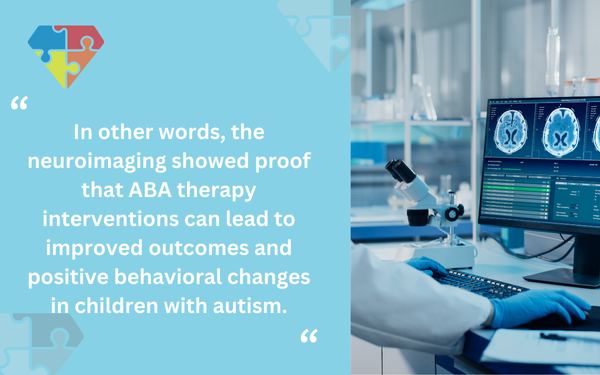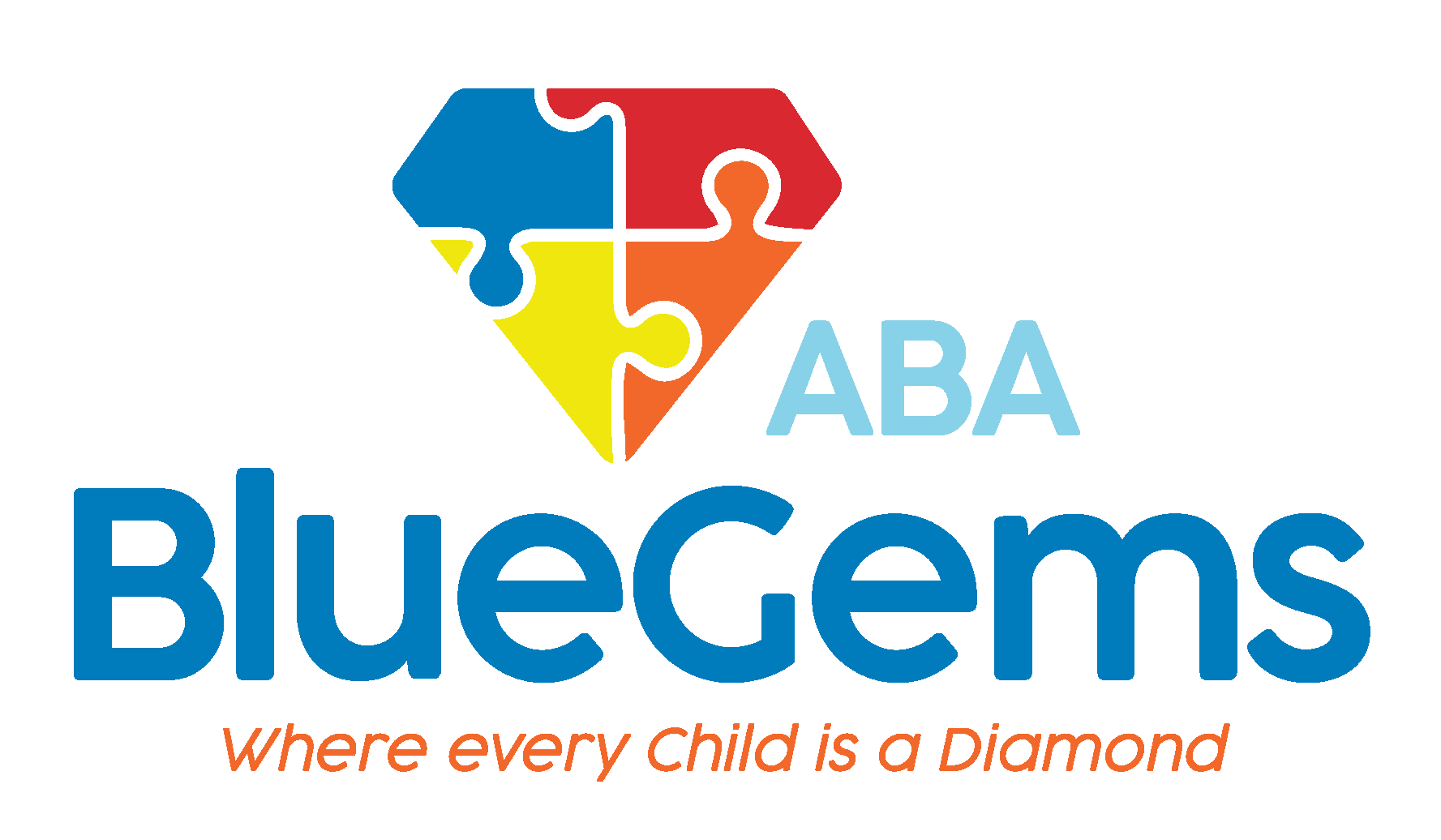Brain Scans and ABA Progress: What Researchers Are Learning
With each passing year, scientific research is discovering new insights about autism spectrum disorder (ASD). What we know today about autism is light years ahead of what we knew even 20 years ago, which has led to more understanding, acceptance, inclusion and treatment plans for people on the autism spectrum.
Brain scans and other imaging tests have played an important role in some of these discoveries. Electroencephalography (EEG) and functional magnetic resonance imaging (fMRI) tests are used to study what the brain of someone with ASD looks like and how it functions.
In recent years, these tests have also been used increasingly to analyze the effects that interventions such as applied behavior analysis, or ABA therapy, can have on the brain of a person with autism.
Here are what researchers are learning about ABA therapy progress through brain scans.
Table Of Contents
What Brain Scans Have Shown
Using the brain scans described above, researchers can identify any changes that occur in the brain activity of individuals with autism as a result of their ABA therapy.
Some studies have revealed that autism therapy can alter the brain’s activity. For instance, one study found that children who received Pivotal Response Training (PVT) showed improved behavior as well as enhanced activity in the regions of the brain that are responsible for social cognition.
In other words, the neuroimaging showed proof that ABA therapy interventions can lead to improved outcomes and positive behavioral changes in children with autism.

PVT is a core strategy of ABA therapy that incorporates positive reinforcement and using teaching methods that are naturalistic to focus on the core areas of development, such as behavior, social skills and communication.
The Importance of Early Intervention
It’s long been known that ABA therapy is most effective when used as an early intervention for children with autism. The same is also true for other types of intervention for other conditions and disorders — the earlier treatment can begin, the more successful it can be in the long run.
What neuroimaging has done is proven those claims.
The reason why early intervention is so crucial is that a child’s brain is the most plastic at younger ages. This is the time when the brain has the best ability to reorganize and actually form new and different neural connections.
Information revealed from brain scans suggests that when ABA therapy is used as an early intervention tool, it can lead to the most significant improvements, and ones that last, in areas such as emotional regulation, social interaction and communication.
Many additional studies have also explored the connection between ABA therapy and changes in a child’s brain function and structure, specifically as it relates to social cognition, focus and attention.
What the Brain Scans Can Tell Us
There are, of course, some critics of the brain scan results. One reason is that brain scans are still relatively new research tools, especially for ASD.
Critics, then, argue that there haven’t been enough scans done on a wide enough sector of the autism population to definitively prove the connection between ABA therapy and changes in brain activity. While that might be true, the results thus far are certainly encouraging, to say the least.
The studies that have been conducted and peer reviewed show that brain scans can be used to help us understand some of the underlying reasons why ABA therapy is effective for children with autism. This information can then further inform the ABA therapy community to continue refining strategies and personalizing interventions to each individual based on their brain profile.
Ultimately, this could lead to even more targeted and effective treatment plans, which can result in better outcomes and a better quality of life for people with autism.
Trust Blue Gems ABA with Your Child’s ABA Therapy Progress
Brain scans, like other scientific research, helps ABA therapy practitioners understand why the treatment approach works. Information from these studies can also be used to refine and personalize treatment plans even more to ensure the best outcomes possible for children with ASD.
At Blue Gems ABA, we are committed to providing our patients with the best interventions possible, helping them live more independently by building social, communication and daily life skills.
To learn more, please contact us today.




